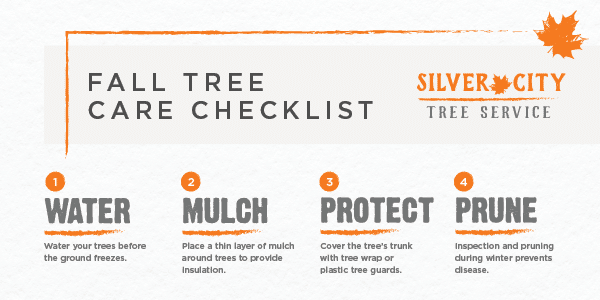Identifying The Right Time For Tree Removal - A Guide For Homeowners
Identifying The Right Time For Tree Removal - A Guide For Homeowners
Blog Article
Post Author-Siegel Crowder
Trees include appeal and value to building, yet they can additionally posture a danger throughout extreme climate occasions. If a tree has stopped expanding, is showing noticeable fungal development, or has a leaning trunk, it must be eliminated by a specialist to avoid residential property damages and injury.
To get more information, attend a home owner resource reasonable co-hosted by HPD, the Center for NYC Neighborhoods, and Brooklyn-based real estate companions this night in Bedford-Stuyvesant. The event will certainly include the Homeowner Manual, a brand-new guide to assist house owners navigate the duties of possessing a home.
1. Dead or Dying Branches
Trees are an indispensable part of your home's landscape, providing shade and elegance. They also supply sanctuary for wildlife and generate oxygen, yet even healthy and balanced trees can experience health issue that may necessitate their elimination. Dead or dying trees aren't just unattractive, they can be hazardous. Their branches might drop throughout a tornado, causing costly property damages and injuries.
When a tree's branches begin to die, it implies that its structure is starting to break down. If most of its branches are dead, it is likely time to remove it.
Look for an absence of new development, bark peeling, open injuries or cavities, fungi expanding on the trunk or roots and a basic look of degeneration in the whole cover. These indications of infection can indicate a major trouble that will certainly need expert tree services to resolve.
2. Leaning Trunk
While it's regular for trees to lean once in a while as a result of phototropism, if a tree has a harmful or severe lean that's not because of natural processes - it could be an indication that the tree requires to be eliminated. If please click the next internet page is favoring a high-voltage line, home, automobile, play framework or any other location that could be harmful to individuals if it falls, after that getting in touch with an expert tree solution for elimination must be a top concern.
It's likewise essential to watch for any sudden changes in a tree's leaning as it can show damage to the origins or trunk that may bring about dropping. This is especially true during thundercloud, because high winds and rain-soaked dirt can trigger a lean to transform rapidly. Recommended Online site tracking, especially during and after storms can help house owners identify prospective issues with their trees so they can call an arborist for a detailed evaluation.
3. Pest Invasion
Some pest invasions, such as wood-boring bugs like emerald ash borer or sap-suckers like scale bugs, are so severe that they can cause a tree to die. The best method to avoid pest infestation is to monitor your trees regularly. Seek spots, openings, or discolorations in the fallen leaves and bark. Take a look at the trunk for fractures and indications of insect damage, such as passages or tracks.
If a tree comes to be as well ravaged with insects, or is close to a home or power lines, an arborist may suggest elimination. If a leaning tree establishes a new, unsteady lean, an arborist will likely advise removal too to ensure the security of individuals and residential property. If a damaged or dead tree consistently drops extreme branches, it is an indication that it is time to eliminate the tree. If a tree continues to shed branches for a prolonged amount of time, it might cause structural problems and possible home damage.
4. Damaged Trunk
Trees are a beautiful and vital part of our landscape, yet they do require normal like keep them healthy and safe. If a tree is damaged irreparable it is most likely time for it to come down.
Look for indications of damage to the trunk, consisting of upright cracks, joints, dead branch stubs, noticeable injuries or open tooth cavities and extreme tree-rot. The presence of fungi at the base of the trunk is an additional alerting sign. Fungi may show that the phloem and xylem (life-support tissues) are endangered, enabling the spread of disease or a future failure.
Likewise, take into consideration whether the tree has quit growing. Healthy trees will have new development yearly, which may show up as buds or branches growing and prolonging. If you do not see any type of new development, it's an excellent idea to have an arborist review the tree and follow their referral for removal. A passing away or harmed tree can drop and trigger home damage.